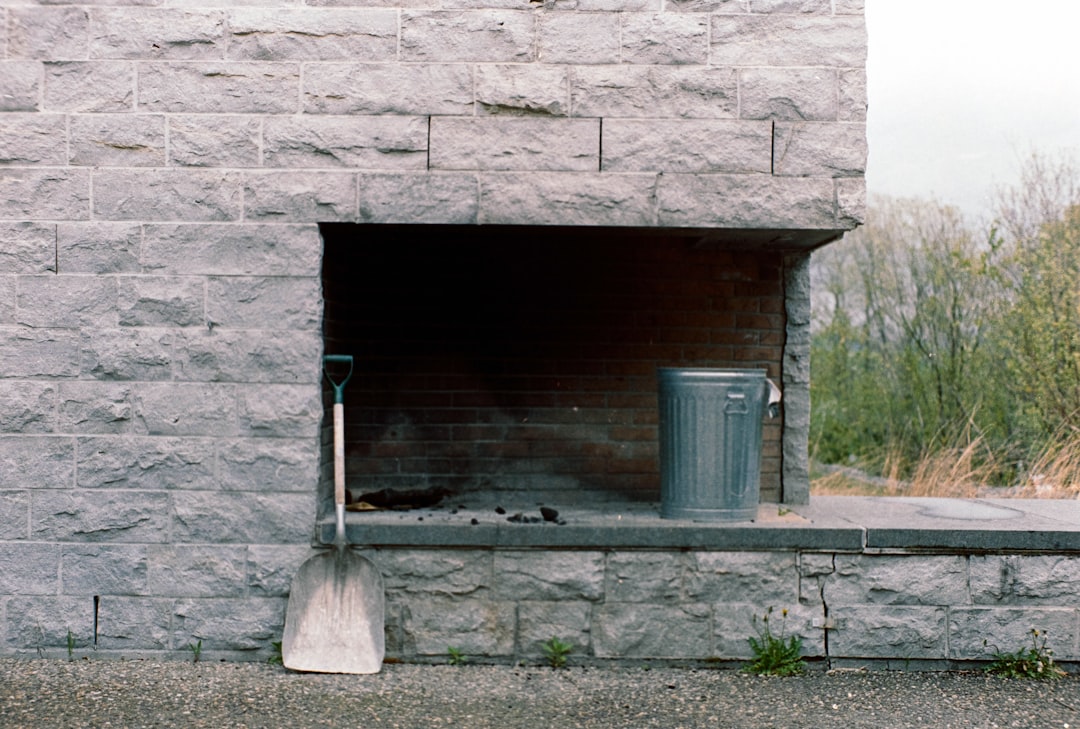
Installing a gas stove professionally can range from $650 to $1,200 per opening, depending on the complexity of the job and local rates. Accurate cost estimation is crucial for avoiding budget overruns.
The search phrase “how to install a gas stove” shows rising interest among construction professionals in delivering safe, efficient kitchen upgrades. This guide provides a comprehensive roadmap for tradespeople, highlighting key compliance checkpoints and installation techniques.
Installing gas appliances is regulated by state and local codes. Violations can void warranties, trigger fines, or create dangerous leaks. Ensure compliance with the latest fuel-gas codes, proper permits, and inspections.
Key compliance checkpoints:
For accurate pricing, consider the following tools and materials:
Conduct a thorough survey to capture measurements and assess line capacity, venting paths, and cabinet clearances.
Locate the main gas valve and turn it off. Unplug the existing electric connection.
Slide out gently to avoid floor scratches. Cap the existing gas stub if relocation is required.
Mark bracket position per manufacturer specs and anchor into the floor or wall studs.
For new lines, cut and thread black iron or install CSST per load calculations. Seal threaded joints with gas-rated compound and yellow tape.
Attach one end of the flex connector to the shut-off valve and the other end to the stove manifold fitting. Tighten using two wrenches to avoid torsion.
Pressurize the line, then brush bubble solution over every fitting. If bubbles appear, shut off gas, retighten, and retest.
Adjust feet until the cooktop is perfectly level. Slide the unit back so the rear leg engages the anti-tip bracket.
Restore gas flow and power. Ignite each burner to verify flame quality. Calibrate air shutter if flames are yellow or noisy.
Professional involvement is recommended when:
Real-Time Estimating – Speak your scope into the CountBricks voice assistant for precise labor and material totals.
Blueprint Takeoffs – Upload kitchen plans for annotated gas line runs and valve placements.
Integrated Scheduling – Sync installers, inspectors, and material deliveries seamlessly.
Transparent Cost Tracking – Price changes against current market rates to avoid surprises.
Does CountBricks handle propane conversions?
Yes, we install regulator kits and orifices and schedule post-conversion CO2 tests.
How long does a typical install take?
A straight replacement averages 2–3 hours. Line relocations can extend to a full day.
Can CountBricks supply the appliance?
Yes, we source stoves at trade pricing and pass savings along.
What warranty do I receive?
CountBricks workmanship is backed by a 12-year labor warranty, plus manufacturer coverage on parts.
Visit CountBricks.com to schedule an assessment. Our specialists will guide you from estimate to flame test, ensuring efficiency, safety, and style.

When the Miller family in Lexington reached out to CountBricks, their priorities were clear—convert from an aging electric stove to a high-output gas range before holiday cooking season. They also wanted cost certainty and minimal disruption to their newly refinished hardwood floors.
1. The Millers spoke their wish list into the CountBricks mobile app.
2. Within three minutes, they received a line-item estimate showing labor, CSST length, shut-off valve, anti-tip bracket, and permit fees.
3. A blueprint takeoff highlighted that the existing ¾-inch trunk line could handle the additional 55,000 BTU load without upsizing—saving $420 on materials.
A CountBricks-certified plumber installed a new branch run through the basement ceiling joists, using pre-insulated nail plates to protect the line. An electrician added a recessed 120 V outlet behind the stove, keeping cords hidden. Real-time materials tracking alerted our team to a regional flare fitting shortage; the system auto-swapped in-stock equivalents and updated cost differences instantly.
Total duration: 5.5 hours including inspection sign-off
Budget variance: +0.6% (under the 2% contingency threshold)
Client satisfaction score: 10/10 for cleanliness and schedule adherence
Always request a load calculation; undersized supply lines cause weak burner flames. Opt for a dual-fuel model if you bake frequently—CountBricks can add a 240 V circuit simultaneously, reducing electrician call-outs later. Install a recirculating hood only as a last resort; ducted ventilation protects indoor air quality and resale value. Photograph wall cavities before closing them; CountBricks stores images in your digital project binder for future remodel references. Schedule installs early in the week—municipal inspectors are more readily available, avoiding weekend delays.
Ready to experience a friction-free upgrade? Visit CountBricks.com to book a video walk-through or on-site survey. Our residential construction experts will harness AI speed and human craftsmanship to turn the phrase “how to install a gas stove” into a completed, code-compliant reality.